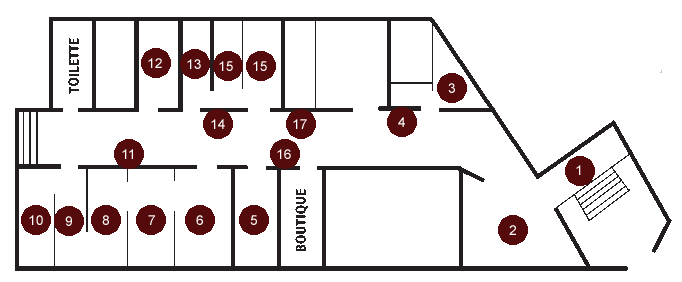Section 10: Room 109a

During its 40-year history, the staff working for the Stasi district headquarters amassed huge quantities of files. Evidence of the methods used to process and archive documents includes a file drill and various rubber stamps. The main methods of organising data were various types of filing systems. File cards were employed right up until 1989; computers were used only rarely in the local districts. Part of the files of active informers (the information reports) were also filmed and kept in water-proof containers in case the worst came to the worst; if necessary, the entire network of informers could later have been reactivated.
In November 1989 Stasi officers began to systematically destroy the files, sometimes using grinding and mixing machines to pulp the documents. One of these machines was found in the “Runde Ecke”. However, many files from local branches ended up on public rubbish dumps. Citizens of Leipzig occupied the “Runde Ecke” on 4th December and managed to prevent the majority of the files from being destroyed. The documents preserved have been looked after since 1992 by the German Government’s Commissioner for the records of the Stasi, nicknamed “Gauck Authority” after the first commissioner, Joachim Gauck, and “Birthler Authority” after his successor, Marianne Birthler. In the Leipzig district alone, 10,000 metres (6¼ miles) of files and 3.7 million file cards were saved from destruction, and can now be inspected in the Leipzig branch of the Birthler Authority.






